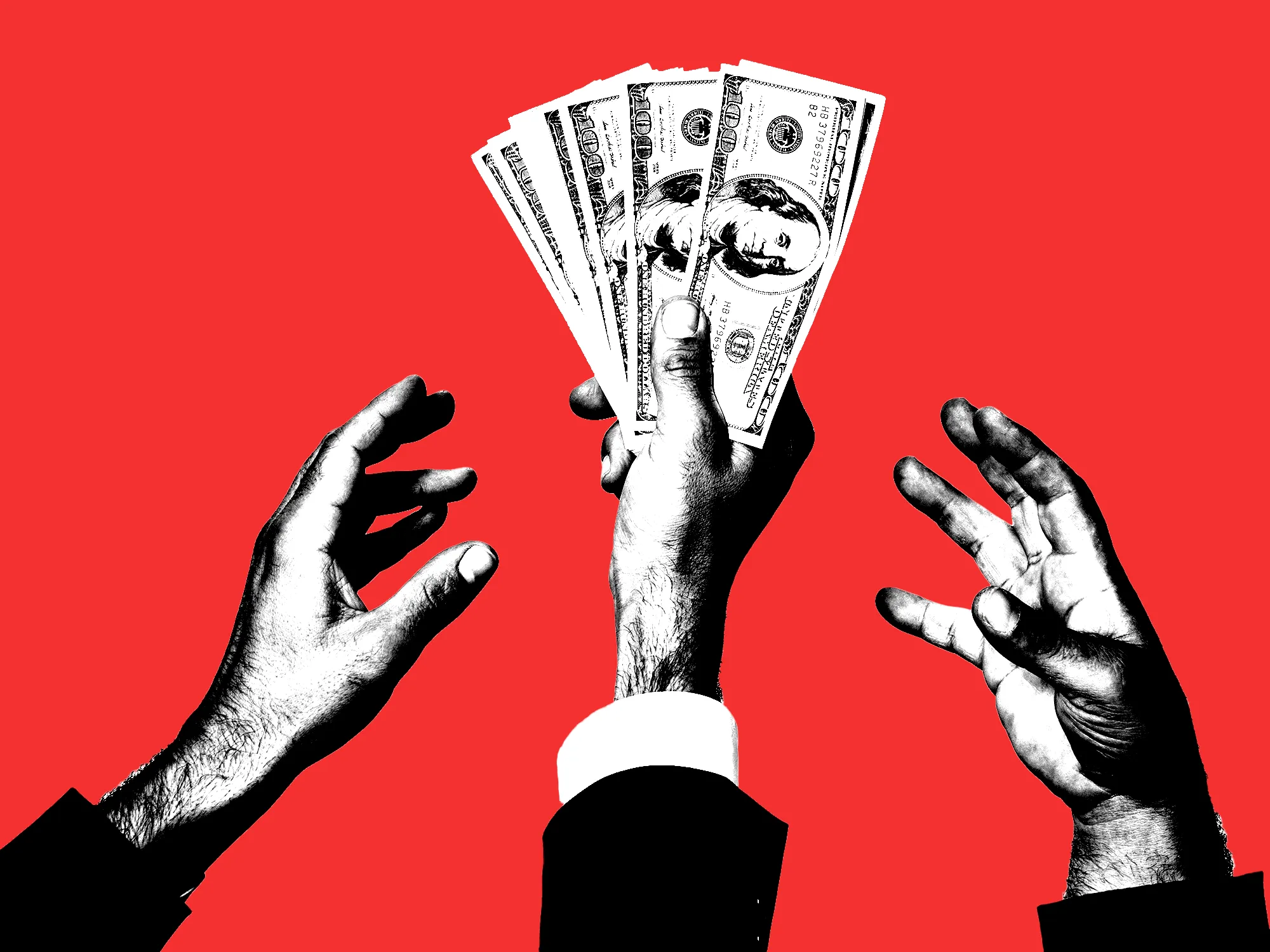Economy Newsletters: Dissecting Interest-Rate Cuts and Their Impact on Consumers

Understanding the Interest-Rate Cuts
The recent interest-rate cut by the Federal Reserve was met with mixed reactions. While it was celebrated as a sign of victory over inflation, many consumers are finding that the expected relief is slow to materialize.
Why Are Borrowing Costs Still High?
Despite the rate cut, borrowing costs remain elevated. The average 30-year fixed mortgage rate has increased since the cut. This phenomenon can be attributed to the rise of the 10-year Treasury yield, a crucial benchmark for lenders.
Short-Term vs. Long-Term Rates
The discrepancy between the Federal Reserve's short-term rates and the long-term 10-year Treasury yields has left many confused. This divergence suggests that while some indicators are positive, the expected barrage of rate cuts may not be on the horizon.
The Outlook for the Economy
Despite these complexities, there are signs of stability. A strong jobs report contributes to an optimistic outlook, indicating a potential avoidance of recession.
This article was prepared using information from open sources in accordance with the principles of Ethical Policy. The editorial team is not responsible for absolute accuracy, as it relies on data from the sources referenced.